Rebel Archetype
Uncaging a Nuanced Unconventional Brand (with Design Examples)
The Rebel Brand Archetype is one of Jung’s 12 Brand Archetypes.
If you’re wondering, how can you build a Rebel brand that embraces nuance and deeply connects with your people, you’ve come to the right place.
Many of the entrepreneurs and businesses who reach out to me feel confused about how to create a multifaceted, nuanced Rebel brand that feels unique to them.
So I decided to create this guide, just for you.
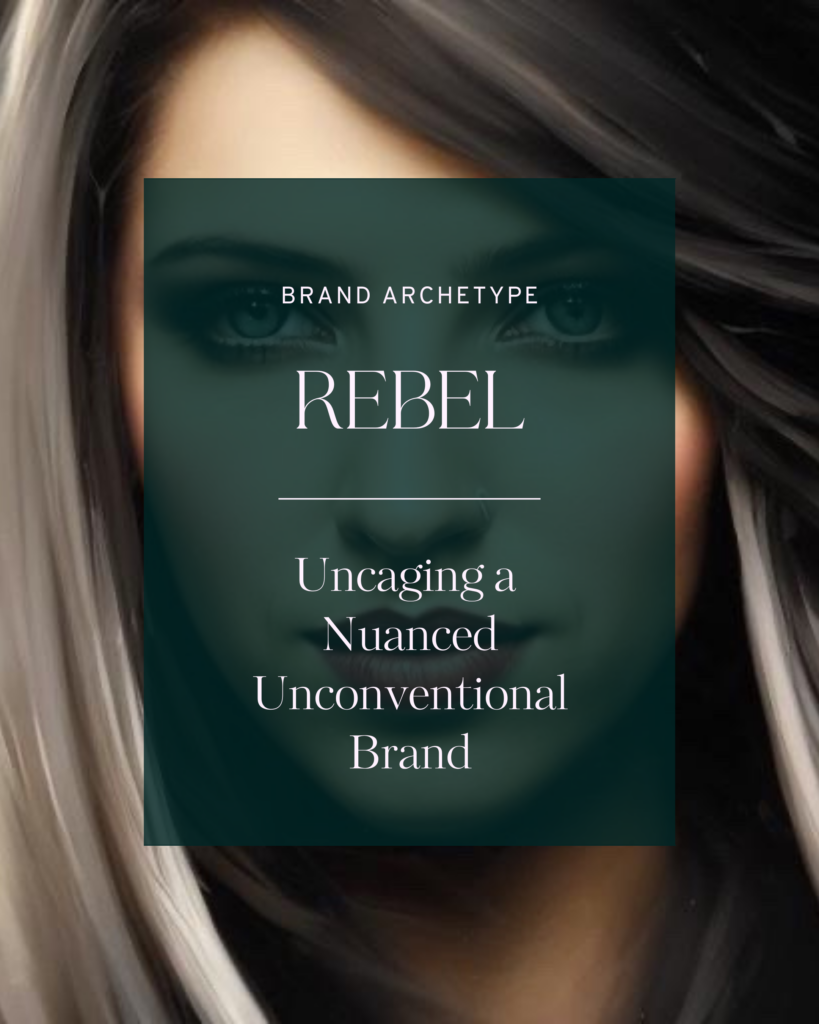
Rebel archetype in branding: What is it?
Let’s first dive into the Rebel brand persona in its pure, undiluted form.
Rebel archetype symbolism
According to Jung, the main Rebel archetype characteristics are non-conformity, independence, and defiance.
challenging social norms and existing structures. It represents the instinctual drive to break free from constraints, question authority, and pursue individuality. Rebel brands are known for their willingness to go against the grain.
The Rebel archetype brand exudes rebellion, authenticity, and empowerment.
Independence, nonconformity, originality – for sure! In spades 😊
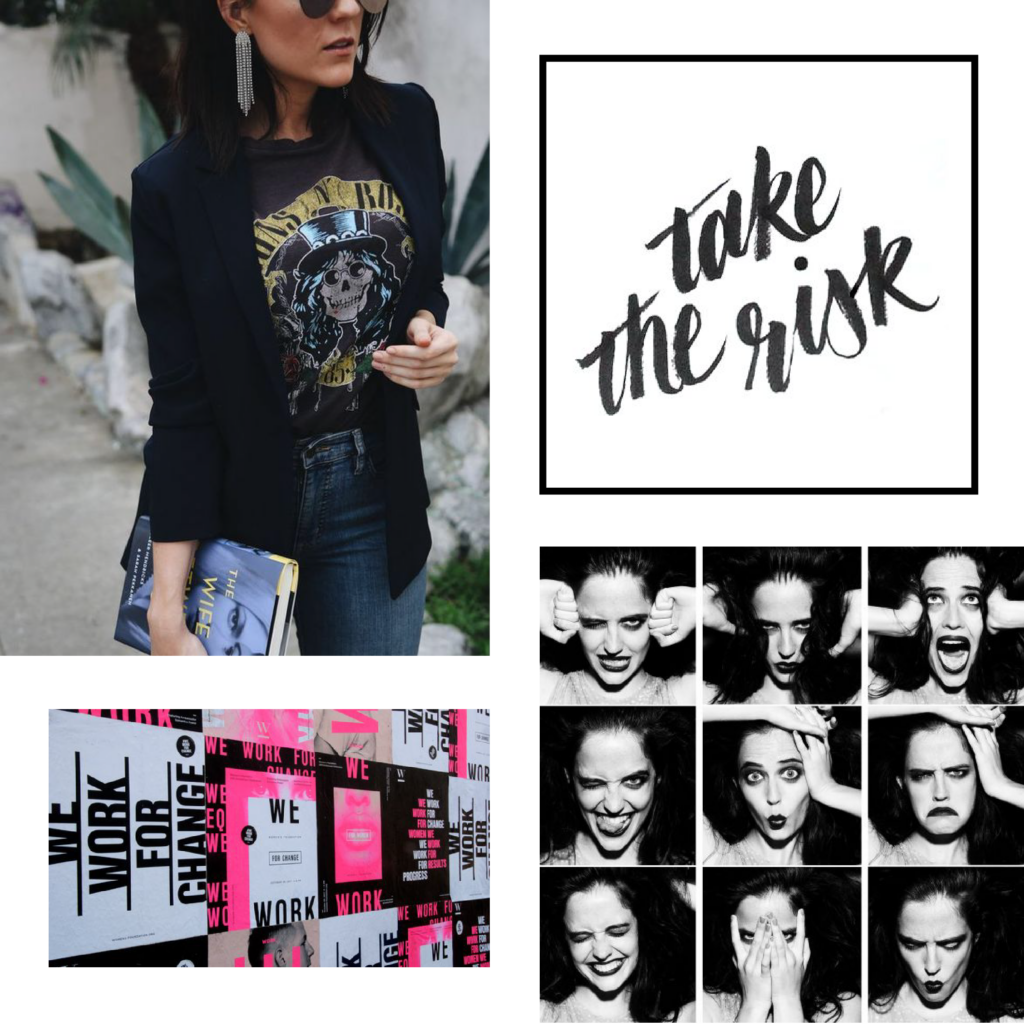
The Rebel’s…
DESIRE: Revenge or revolution
GOAL: To destroy what is not working for the Rebel or society
FEAR: Being powerless, trivialised, inconsequential
TRAP: To go over to the dark side, criminality
GIFT: Outrageousness, radical freedom
STRATEGY: Disrupt, destroy, or shock
Businesses that embody a healthy Rebel archetype encourage customers to think independently, embrace authenticity, challenge norms, and advocate for positive change.
In The Hero & The Outlaw, Margaret Mark talks about 5 Rebel Levels:
THE CALL: Feeling powerless, angry, mistreated, under siege
LEVEL 1: Identifying as outsider, dissociating from the values of the group or society in a way that flies in the face of conventional behaviours and morality
LEVEL 2: Behaving in shocking or disruptive ways
LEVEL 3: Becoming a rebel or a revolutionary
THE SHADOW: Criminal or evil behaviour
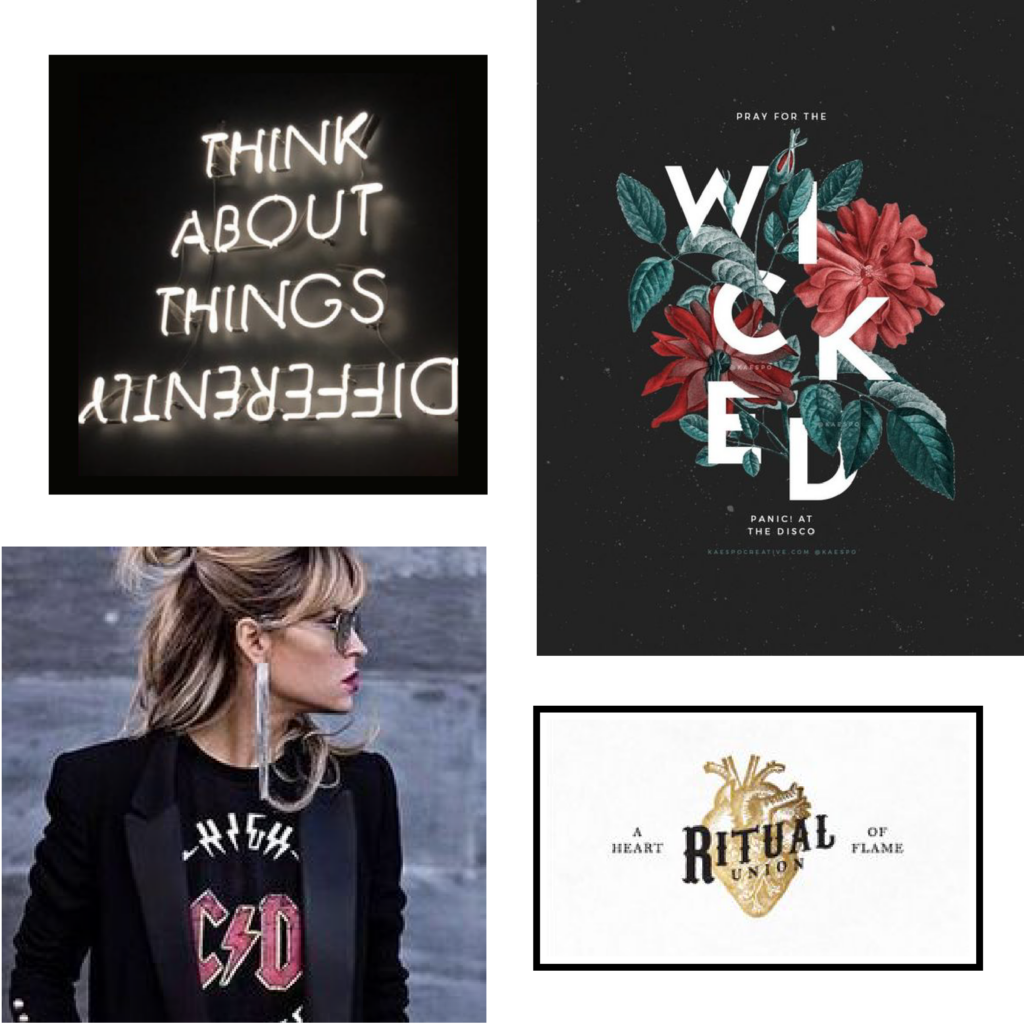
“Okay, the Rebel Brand Archetype sounds like what I’m going for. What next?”
If the Rebel archetype feels like a good fit, fantastic! Before we get too deep into the world of Jung and the Rebel archetype, I want to share a little secret as a Branding Expert: Being too tethered to Jung’s original psychology and clinging to one single generic archetype will shoot your brand in the foot.
Why? Humans connect with humans. We are all unique combinations of our innate natures and experiences.
As a result, our brands need to reflect what our businesses bring to the table in an authentic way. We build trust by aligning our presentation with our business experience (behaviour).
I’m sure you’ve noticed many brand strategists insist on a rigid approach to brand strategy. They teach their clients that a business has to wholeheartedly embody one single archetype, perhaps with a secondary support, paving the way for generic sameness.
But embodying one single archetype leads to generic brands that don’t connect with anyone. Especially if you want to stand out from your competitors in a saturated market that is continually growing.
It is human nature to explore and meld ideas together in new interesting ways. Evolution is inevitable!
Yes, we do need to narrow the field to make sure that we have a style and personality to embody. We cannot be all things to all people.
But we can and should create beautiful, unique combinations that allow us to embrace what sets us/our business apart, instead of feeling guilt or shame at not perfectly fitting into the current boxes.
When we begin to think about what drives us, how we approach problems, our unique way of delivering our services, products or solutions… a more fascinating brandscape begins to take shape.
Brand archetypes offer a method to explore your brand, not a dogma to rigidly follow.
The best brand identities, the ones that will feel truly unique, authentic and connect with your audience, are always a multi-faceted combination of archetypes.
A strong brand strategy, rooted in a curated duo or triad of archetypes, is what will give your brand clarity while differentiating you from your competitors.
“I had tears reading how you’ve captured my purpose, my people and my why SO DAMN WELL. Seriously, it’s totally given me a really clear direction and sense of purpose.
I think you’ve hit the perfect mark between rebellion, expression, glamour, sophistication and rock and roll!“
– Danee – Killer Queen Creative
As you bring more dimensionality to your brand, you’ll foster more trust because you’re being more human.
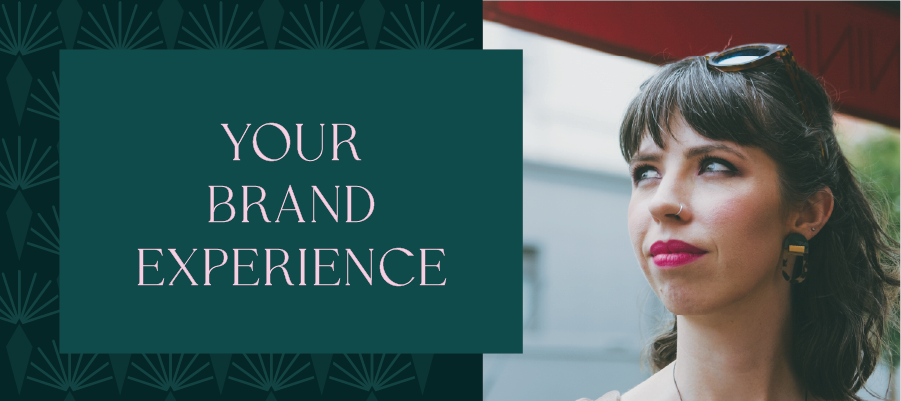
Practical questions to help you identify if your brand is a Rebel brand
Is Your Brand a Rebel? Let’s talk about brand values now.
Ask yourself: Is the goal of your company to challenge the status quo? Does your company value individuality, authenticity, and pushing boundaries? If you answered yes, it is very likely your brand has Rebel energy.
To attract the right customers, maintain their trust and get the most from your marketing dollars, you should do all you can to communicate this philosophy to your customers.
“I was so impressed by Elise’s comprehensive deep dive into my core offering, mission and values. No stone was left unturned. My stunning new brand assets are timeless and reflect her understanding of my business and the audience we want to attract into our community. I’m now in a happy place to move my business forward with pride.“
– Rita De Michele – Onus app
To diagnose the true motivator behind your brand (which is the crucial first step to discover your most aligned brand archetypes), take my brand motivator quiz.
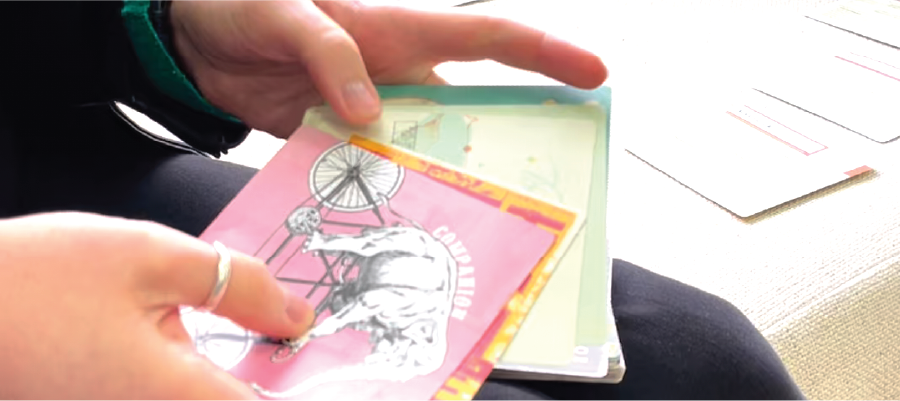
How to make your Rebel brand identity truly memorable and unique
In my work with my clients, I always work to help them claim a combination of archetypes, rather than a single one. Since Jung’s brand archetypes are naturally fluid and flow across one another, there are endless ways to blend them together.
For example, one wing might look like a Motivator (an archetype that highlights how you want to make people feel) and one wing might be your Approach (how you deliver that feeling). Different combinations of archetypes can create vastly different brand identities.
“I’m so in love with Elise and the recent brand strategy work she did for me! I was over the moon with the results and it really felt like she got EXACTLY what the core of my brand was, and developed it in a concise, strong and cohesive way.
I’m so glad I engaged with her to bring my new website to life – I feel like I’ve learned so much and have a much clearer view on what I’m about! I highly recommend her wherever you are in the branding process – whether you’re just starting out, or if you’re refining your brand and taking it to the next level like me. Thank you Elise, you’re a superstar!!”
– Danee – Killer Queen Creative
If there’s one thing I want you to take away from this article, it’s to let go of your preconceptions about what a certain brand archetype must look like.
Rebel archetype and brand differentiation
Jung proposed a variety of different subcategories for the Rebel archetype, each reflecting a different dimension of the Rebel. We can use these to add layers of nuance to a Rebel brand.
Reformer
Gambler
Rebel
Maverick
Activist
Leveraging these will help you bring more nuance to your Rebel brand identity. Ideally, you will go further than this and blend multiple archetypes together without leaning into cliche characteristics.
Rebel archetype and target audience
The Rebel archetype delivers a customer experience that is bold, unique, unconventional and memorable. Naturally, this tends to attract customers who seek authenticity, individuality, and a departure from the ordinary.
Industries like tech startups, fashion and streetwear brands, social impact organisations, artists, and creative entrepreneurs often have Rebel energy because they care about innovation, self-expression, and challenging societal norms.
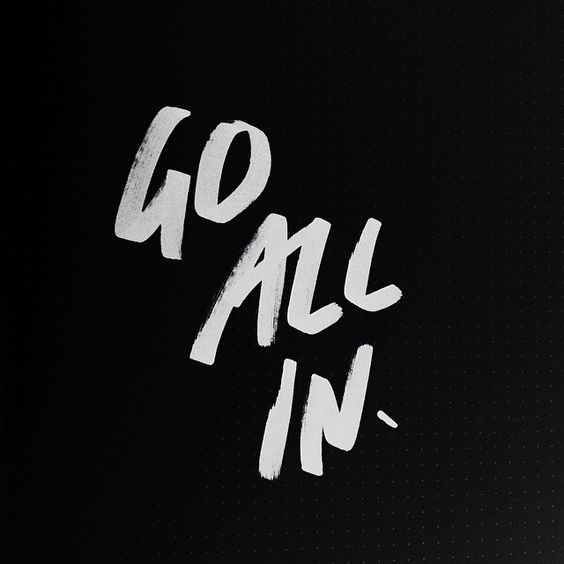
Strengths and weaknesses of the Rebel Archetype in marketing and advertising
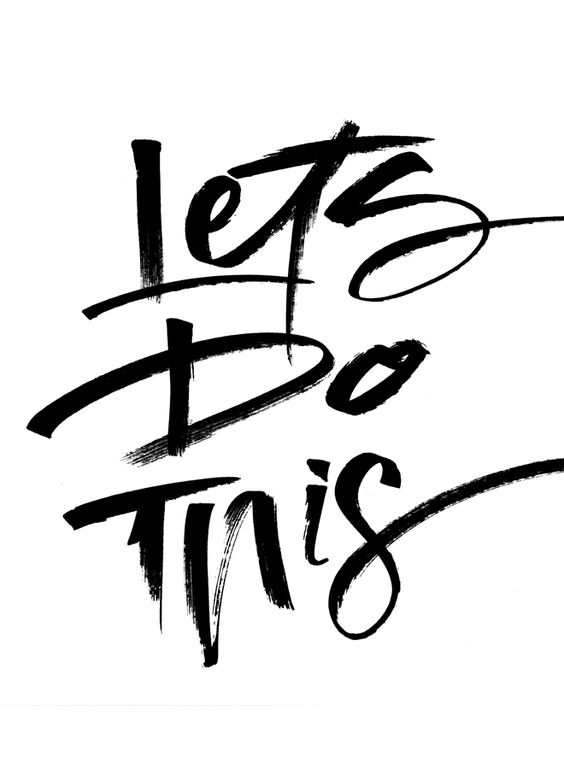
In order to create a Rebel brand that resonates, my best advice is to notice what’s ‘normal’, ‘on-trend’ and visibly ‘break’ that in some way. Make sure that your brand is behaving in a way that actively seeks to challenge something that isn’t working or make waves to improve that through your business offering.
The Rebel brand excels in its ability to see what needs to be changed and boldly make moves to drive change.
The flip side is that it’s easy for Rebel brands to rebel for rebellion’s sake and be perceived as too aggressive by the people they’re trying to make an impact on.
Rebel branding examples
Here are examples of the Rebel archetype in marketing and design in the wild.
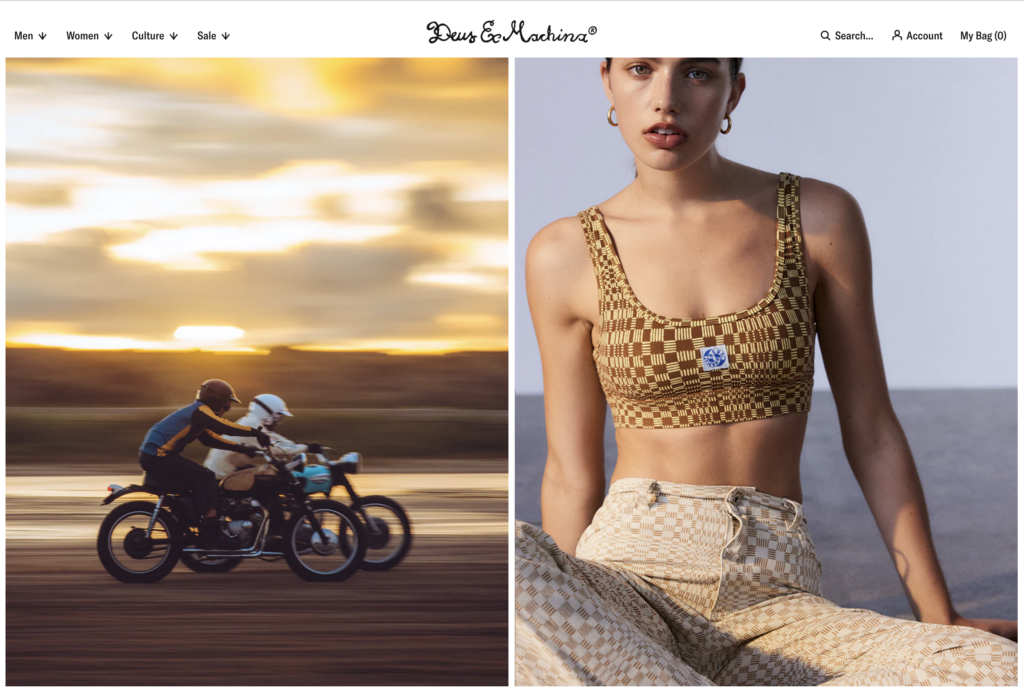
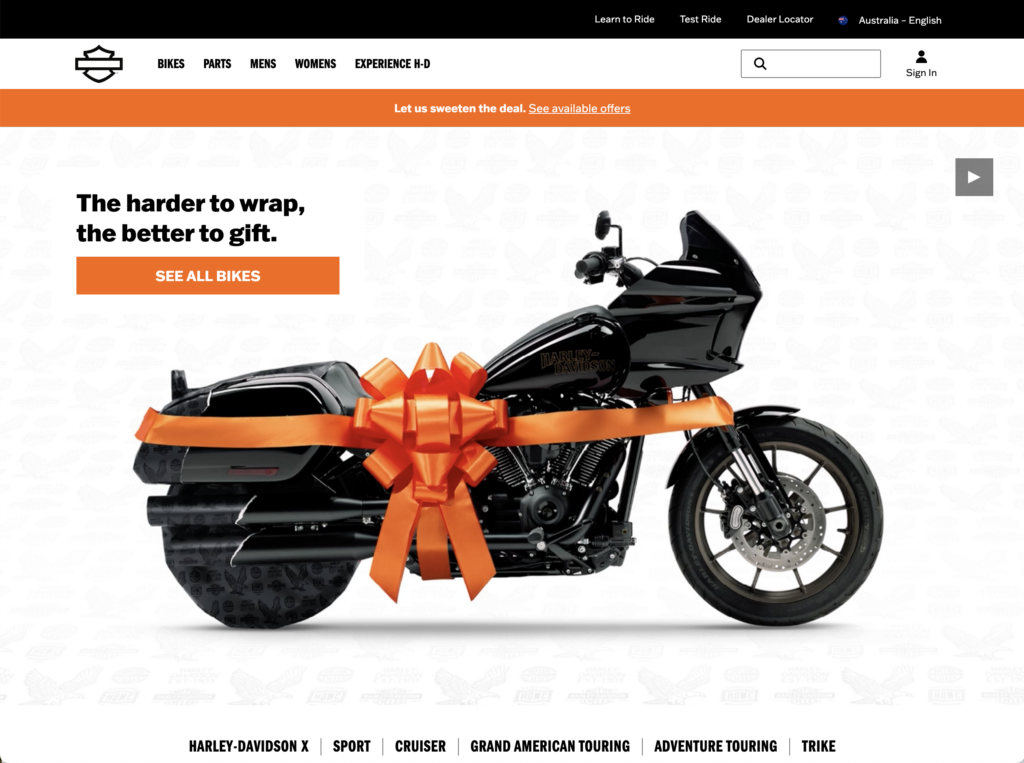
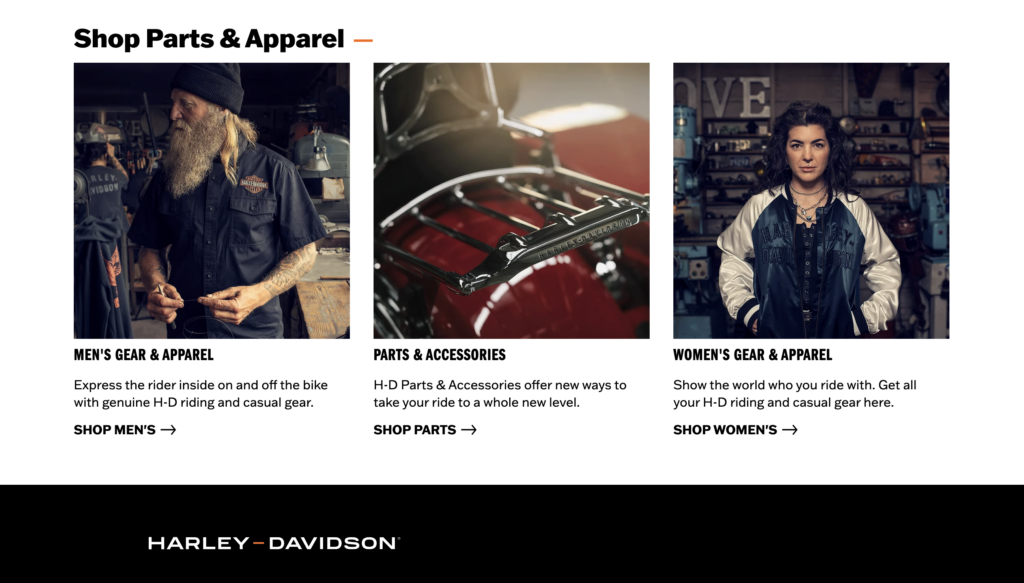
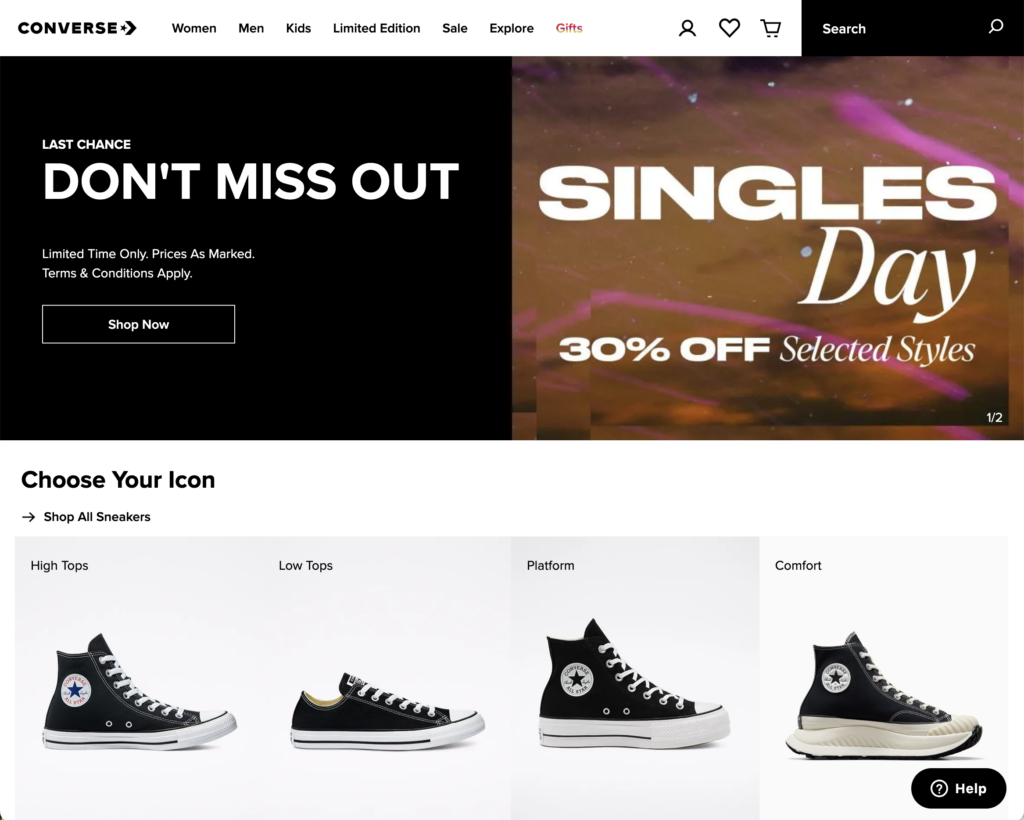
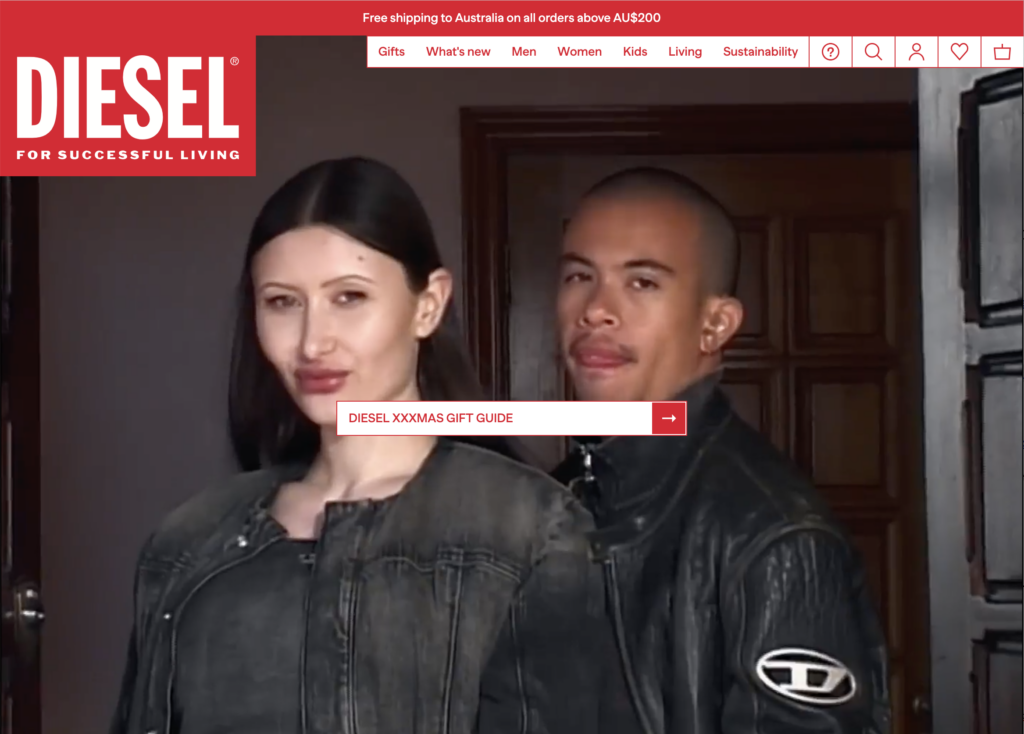
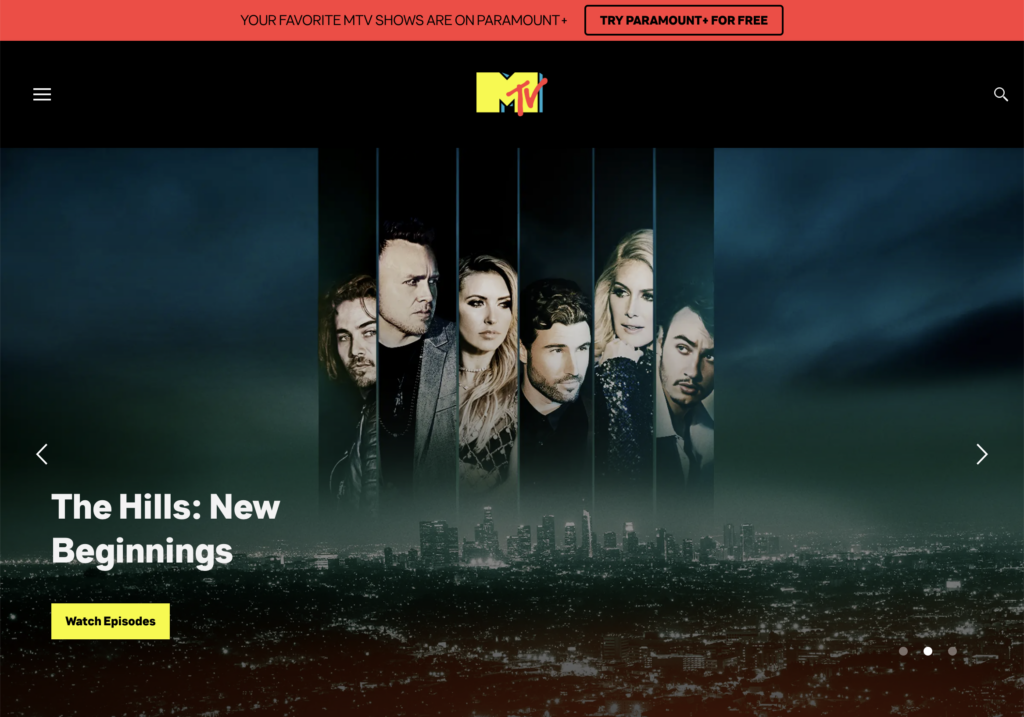
Here are some of the Rebel brands I’ve had the pleasure of working with.

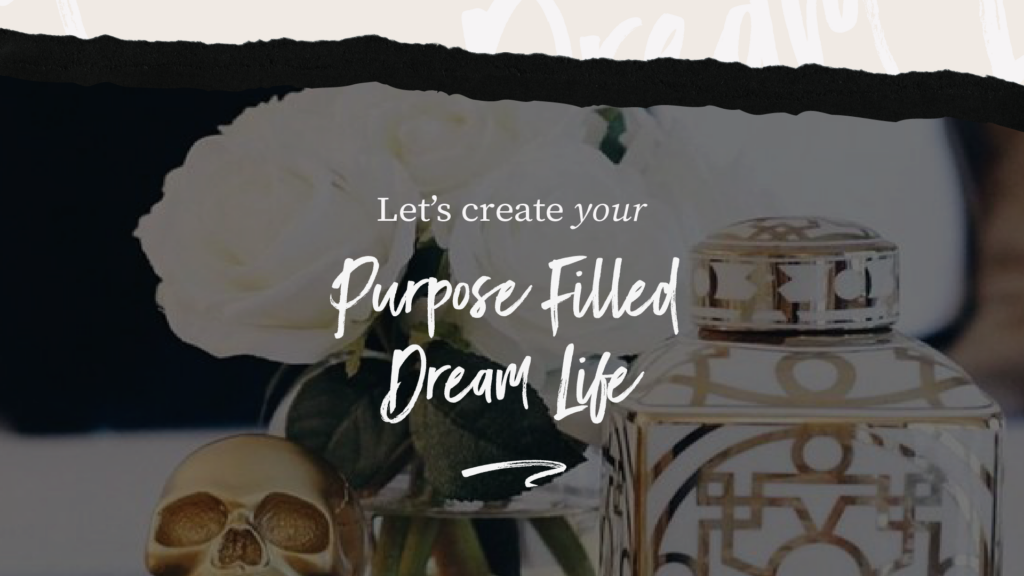
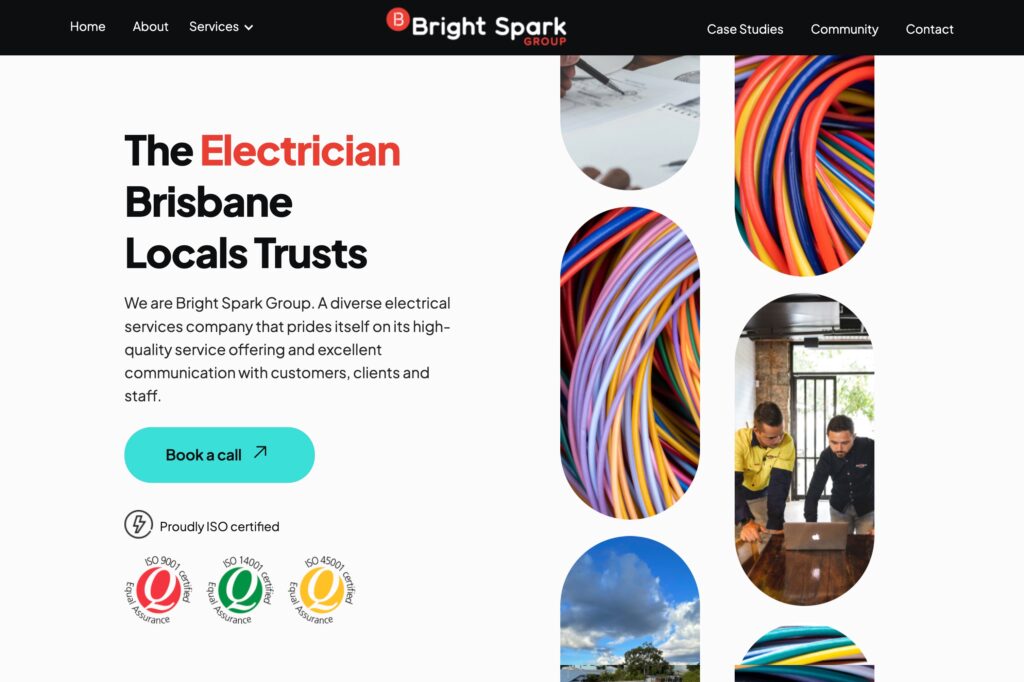
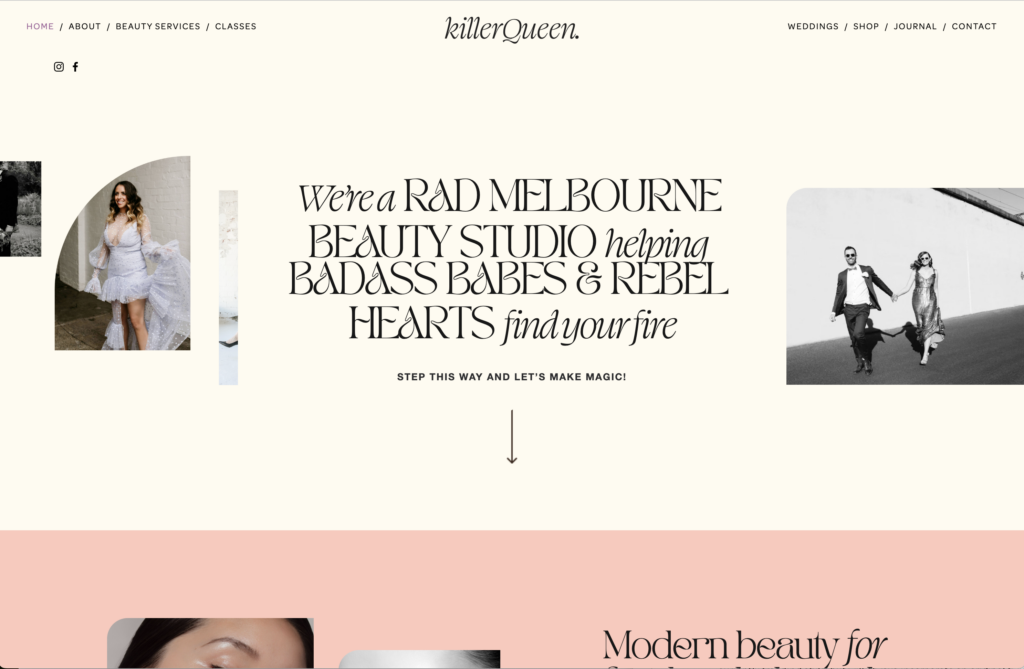
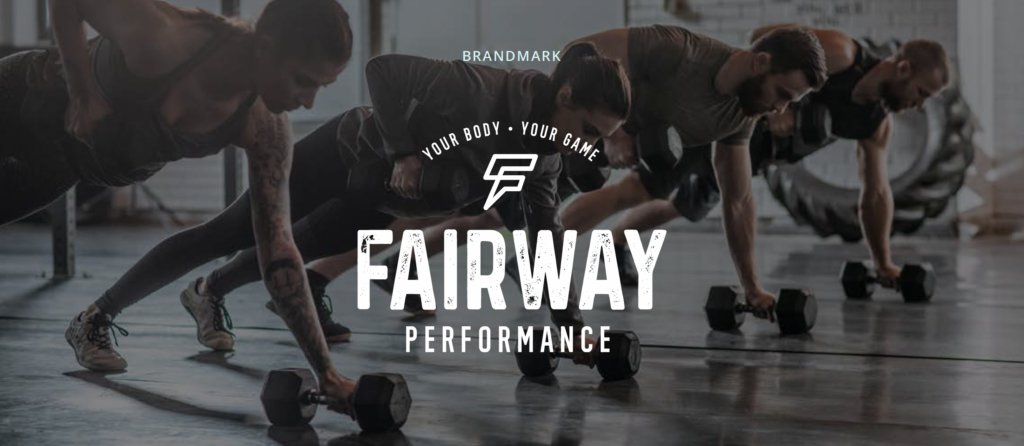
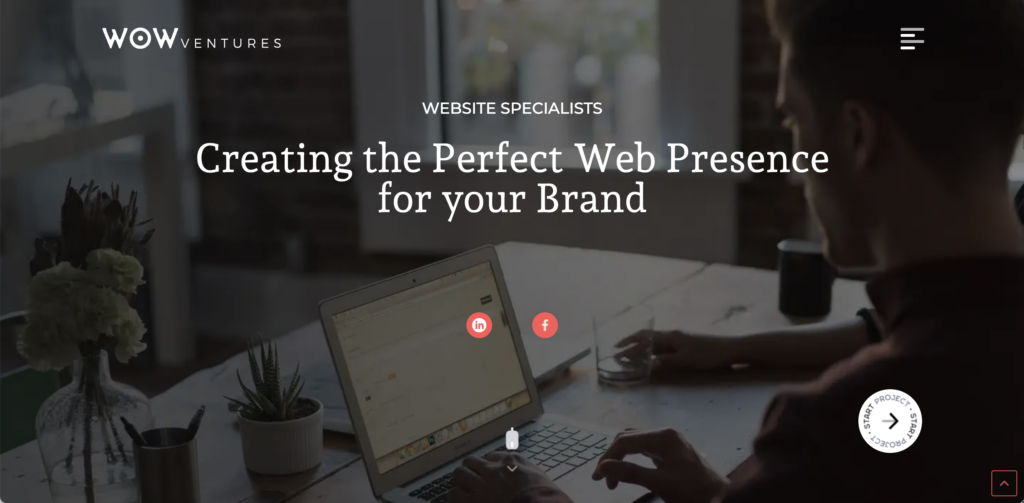
Designing for the Rebel archetype
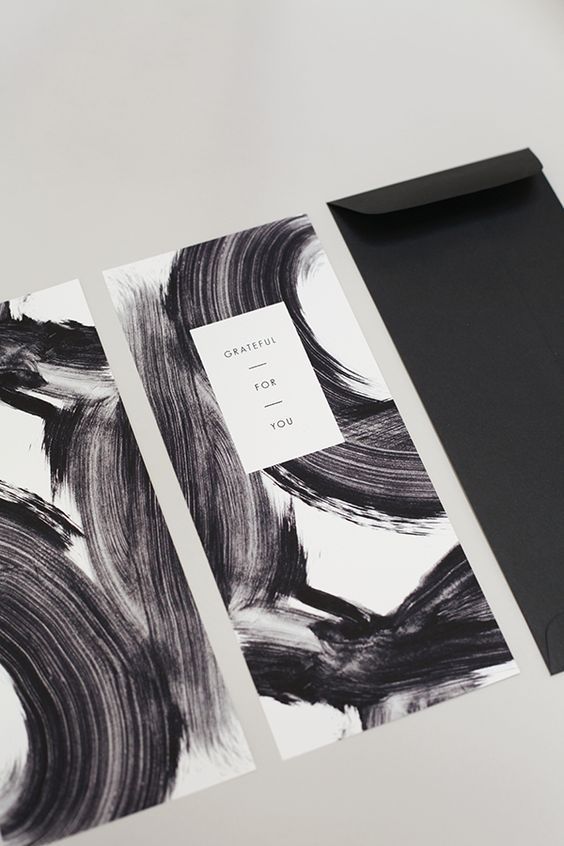
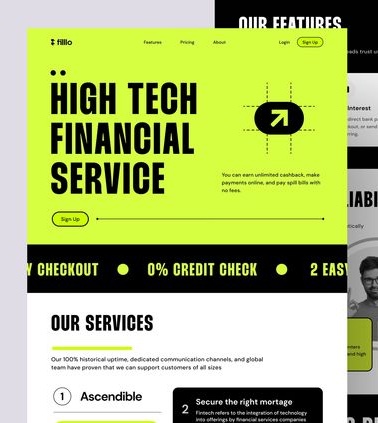

Rebel archetype and visual branding
Rebel archetype visuals are bold, edgy and a little rough around the edges. One of the key aspects of this style is texture. We’ll see everything from grunge degradations to distortions and unexpected combinations where people are breaking the norms. For example, wearing dark/night eye-makeup in the daytime, glamorous earrings with torn jeans, a bold t-shirt with a tailored jacket, or beautiful doll-face makeup surrounded by tattoos.
A commonly seen expression of this style in clothing is leather, metal details, t-shirts with bold prints, rips, tears or frayed edges.
When it comes to brand storytelling, the graphics should make a statement with an openly expressive, edgy style – bold, brash, and unapologetic. Thematically, the visuals will highlight freedom, taking risks, and embracing your identity. Alternatively, a Rebel brand may take a stand against injustice with the underlying goal of creating a better world, together.
Here is a curated Pinterest board I’ve created for the Rebel archetype.
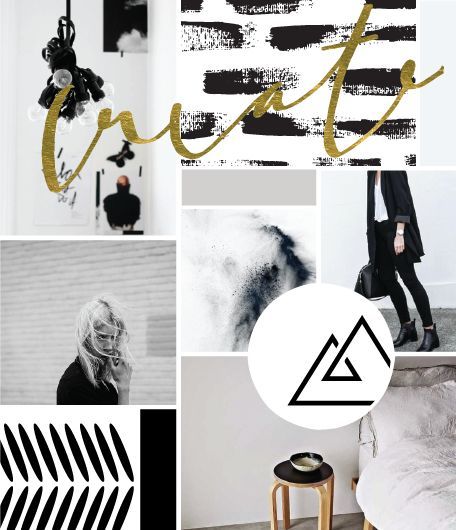
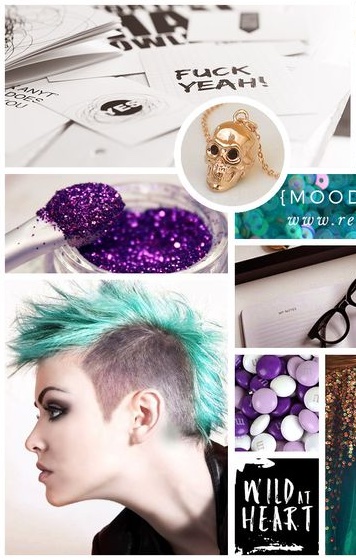
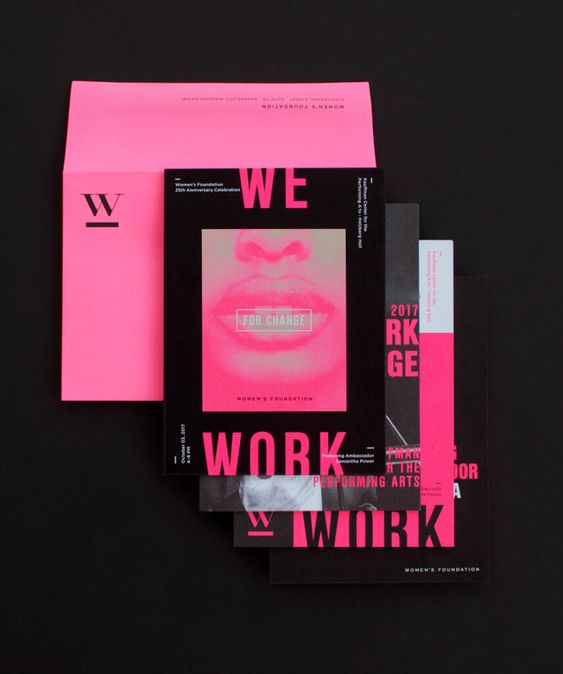
Rebel archetype design and colour psychology
Rebel brand colours suggest striking depth, boldness and intensity. We’ll often see a lot of black, mixed with bold contrasting colours like red and white.
We may also see rich warm colours like brick reds, purples, yellows, and warm greys. In more contemporary palettes, we’ll see the inclusion of intense neon yellow and green with black, deep purple and pink. All colours in the palette may feel like they’ve been dusted with charcoal.
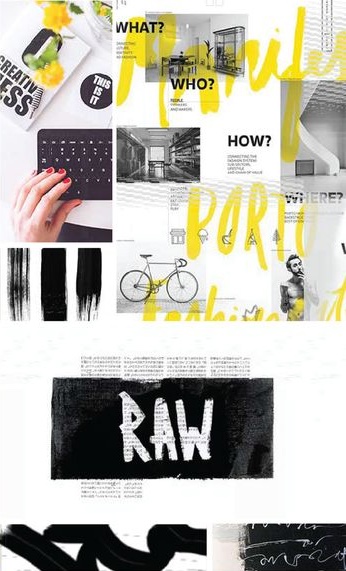
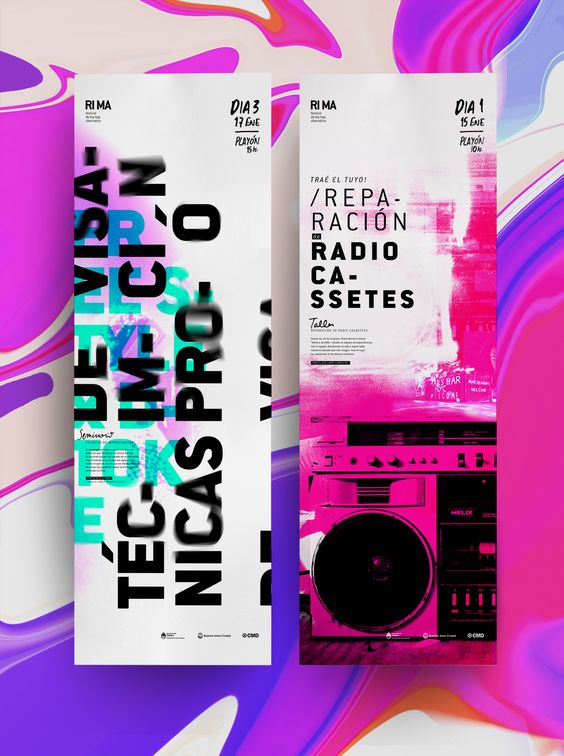
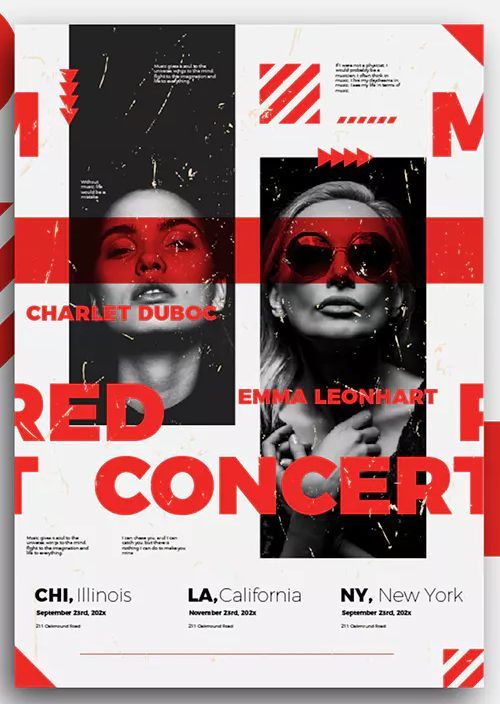
A word on the Rebel archetype design and colour psychology
The use of colour in your brand design instantly affects the emotions and moods of the people viewing your brand.
Planning out your brand’s colour scheme can be challenging. I have two practical tips for you: 1) I recommend using primary and secondary colours that contrast well and 2) not being afraid to break traditional colour schemes in your industry.
Corporate colour schemes tend to be minimal while creative brands can include more colours.
If you know your audience belongs to a certain culture, always consider the meaning of the colours you choose within the context of that culture.
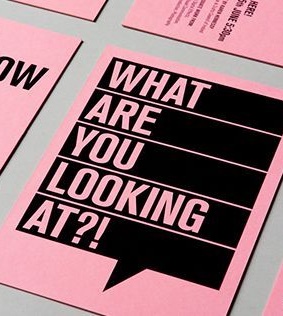
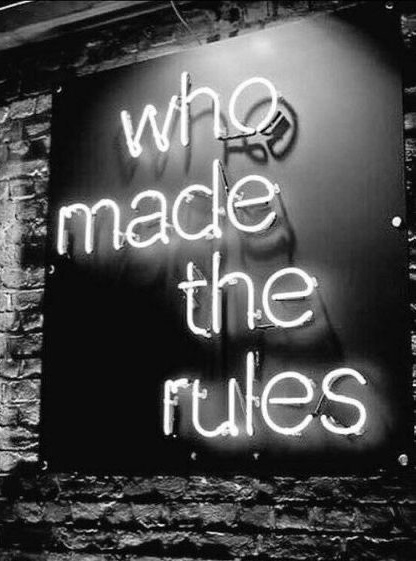
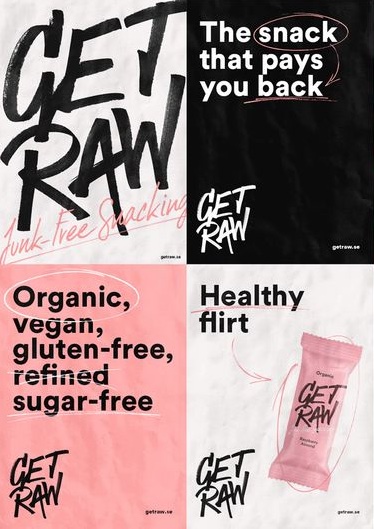
Rebel archetype and typography
The Rebel brand gravitates to bold, edgy and expressive fonts. These can range from bold sans serif fonts to scratchy, imperfectly expressive script fonts that appear as though they’ve been painted or written with emotional intensity on whatever surface is available in the moment.
We’ll often see some sort of textural effect, from a worn grunge feel to expressive brush strokes, neon lighting or blurred edges.
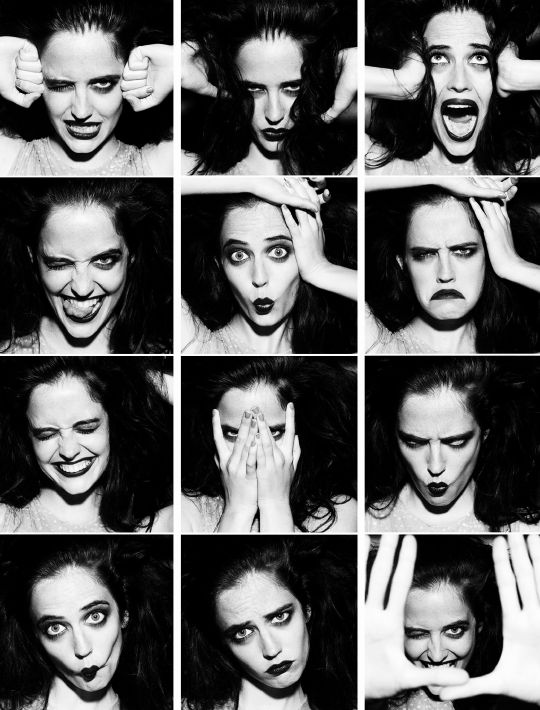
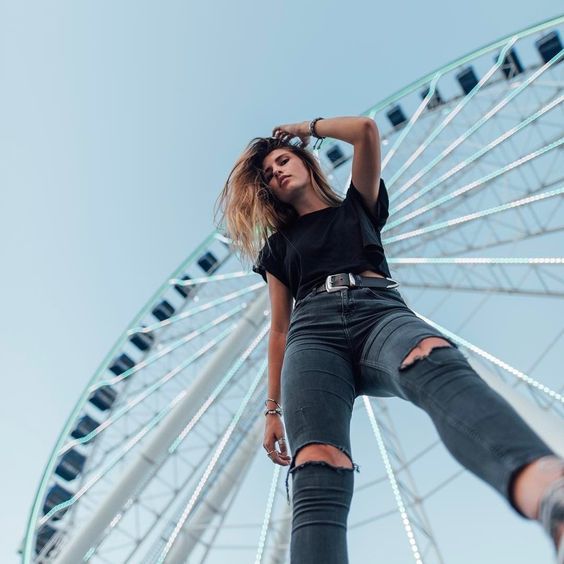
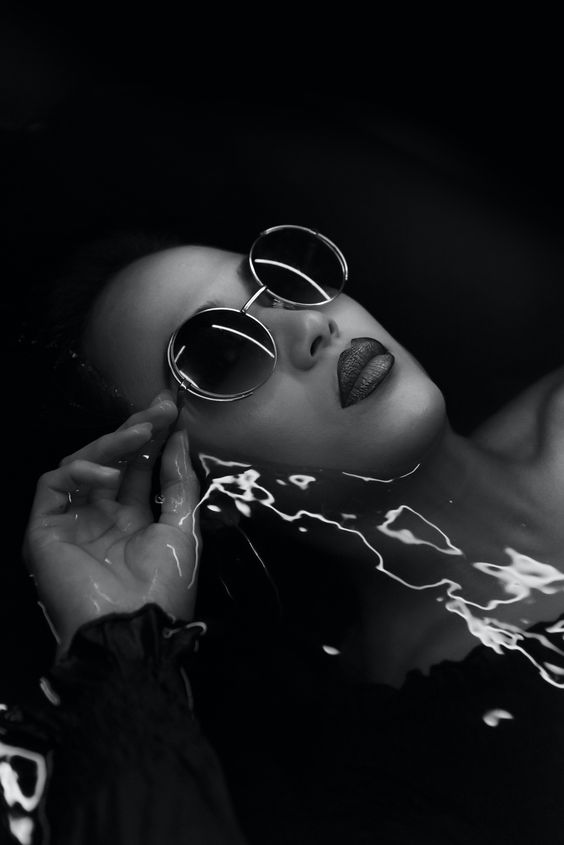
Rebel archetype and photography
Rebel photography grabs attention, surprises the viewer or challenges the status quo. Unapologetically expressive, this photography style aims to make people do a double-take or make a statement.
When it comes to people, we’ll see unusual, expressive and brave poses that bend or break the rules of what’s ‘appropriate’. These powerful poses may come across as nonchalant and edgy with an intense stare, or humorous and playful in a provocative or challenging way. “I dare you” vibes abound.
With a range of expressions, the atmosphere can be anything from sexy and broody to wild and aloof, daring, angry or ecstatic. Styling is playful, with a focus on creating interesting angles or incorporating lots of textures, unexpected objects or combinations.
Rebel archetype and brand messaging
The Rebel brand voice is audacious, confident, questioning, and sometimes irreverent.
Their voice says: “Let’s tear down the status quo and invent something new and better.”
Branding with the Rebel archetype – Practical tips
Here are actionable tips to bring your Rebel brand to life with visual storytelling techniques.
Tips for showcasing your Rebel brand on Instagram
- Curate a feed with striking and unconventional imagery to stand out. Use bold colours, unique compositions, and daring visuals that reflect your brand’s rebellious spirit.
- Share content that challenges industry standards or prevailing trends. Spark conversations and encourage your audience to question the established norms.
- Craft captions that are thought-provoking, daring, and assertive.
- Inspire your followers to embrace their uniqueness and rebel against conformity. Encourage self-expression and authenticity through your content.
Curious to discover your Brand Archetype? Start by taking this quiz to uncover your Core Motivator.
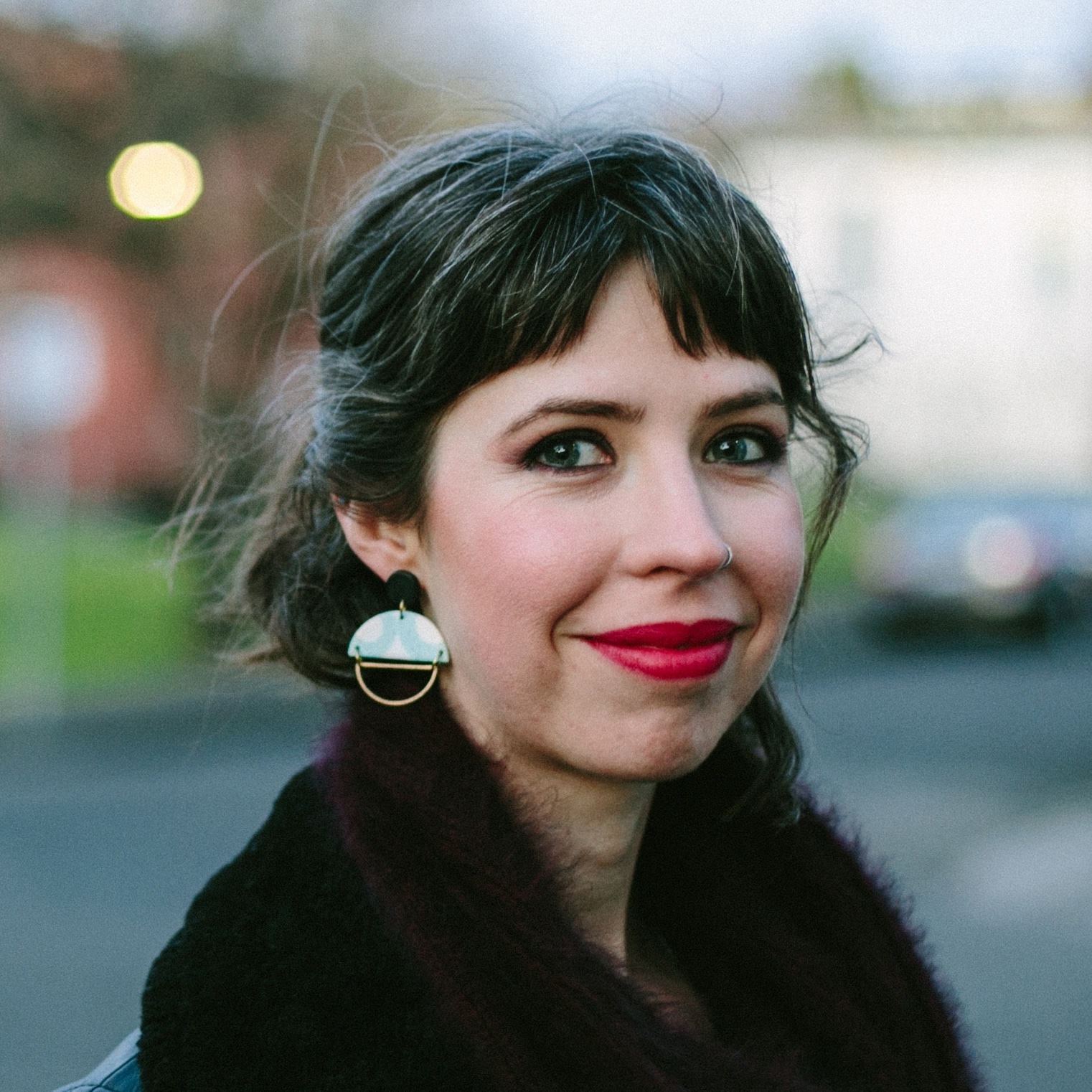
Pass the Salt, founded by Elise Elliott, is a branding studio devoted to shaking up brand strategy, design and creative direction for entrepreneurial dreamers, doers and shakers who smirk at rules and high-five at the adventure of exploration.
Elise’s branding framework helps clients find language for their authentic business identity, connect with their dream audience and find greater ease in their business.
Rebel Archetype
Uncaging a Nuanced Unconventional Brand (with Design Examples)
The Rebel Brand Archetype is one of Jung’s 12 Brand Archetypes.
If you’re wondering, how can you build a Rebel brand that embraces nuance and deeply connects with your people, you’ve come to the right place.
Many of the entrepreneurs and businesses who reach out to me feel confused about how to create a multifaceted, nuanced Rebel brand that feels unique to them.
So I decided to create this guide, just for you.

Rebel archetype in branding: What is it?
Let’s first dive into the Rebel brand persona in its pure, undiluted form.
Rebel archetype symbolism
According to Jung, the main Rebel archetype characteristics are non-conformity, independence, and defiance.
challenging social norms and existing structures. It represents the instinctual drive to break free from constraints, question authority, and pursue individuality. Rebel brands are known for their willingness to go against the grain.
The Rebel archetype brand exudes rebellion, authenticity, and empowerment.
Independence, nonconformity, originality – for sure! In spades 😊

The Rebel’s…
DESIRE: Revenge or revolution
GOAL: To destroy what is not working for the Rebel or society
FEAR: Being powerless, trivialised, inconsequential
TRAP: To go over to the dark side, criminality
GIFT: Outrageousness, radical freedom
STRATEGY: Disrupt, destroy, or shock
Businesses that embody a healthy Rebel archetype encourage customers to think independently, embrace authenticity, challenge norms, and advocate for positive change.
In The Hero & The Outlaw, Margaret Mark talks about 5 Rebel Levels:
THE CALL: Feeling powerless, angry, mistreated, under siege
LEVEL 1: Identifying as outsider, dissociating from the values of the group or society in a way that flies in the face of conventional behaviours and morality
LEVEL 2: Behaving in shocking or disruptive ways
LEVEL 3: Becoming a rebel or a revolutionary
THE SHADOW: Criminal or evil behaviour

“Okay, the Rebel Brand Archetype sounds like what I’m going for. What next?”
If the Rebel archetype feels like a good fit, fantastic! Before we get too deep into the world of Jung and the Rebel archetype, I want to share a little secret as a Branding Expert: Being too tethered to Jung’s original psychology and clinging to one single generic archetype will shoot your brand in the foot.
Why? Humans connect with humans. We are all unique combinations of our innate natures and experiences.
As a result, our brands need to reflect what our businesses bring to the table in an authentic way. We build trust by aligning our presentation with our business experience (behaviour).
I’m sure you’ve noticed many brand strategists insist on a rigid approach to brand strategy. They teach their clients that a business has to wholeheartedly embody one single archetype, perhaps with a secondary support, paving the way for generic sameness.
But embodying one single archetype leads to generic brands that don’t connect with anyone. Especially if you want to stand out from your competitors in a saturated market that is continually growing.
It is human nature to explore and meld ideas together in new interesting ways. Evolution is inevitable!
Yes, we do need to narrow the field to make sure that we have a style and personality to embody. We cannot be all things to all people.
But we can and should create beautiful, unique combinations that allow us to embrace what sets us/our business apart, instead of feeling guilt or shame at not perfectly fitting into the current boxes.
When we begin to think about what drives us, how we approach problems, our unique way of delivering our services, products or solutions… a more fascinating brandscape begins to take shape.
Brand archetypes offer a method to explore your brand, not a dogma to rigidly follow.
The best brand identities, the ones that will feel truly unique, authentic and connect with your audience, are always a multi-faceted combination of archetypes.
A strong brand strategy, rooted in a curated duo or triad of archetypes, is what will give your brand clarity while differentiating you from your competitors.
“I had tears reading how you’ve captured my purpose, my people and my why SO DAMN WELL. Seriously, it’s totally given me a really clear direction and sense of purpose.
I think you’ve hit the perfect mark between rebellion, expression, glamour, sophistication and rock and roll!“
– Danee – Killer Queen Creative
As you bring more dimensionality to your brand, you’ll foster more trust because you’re being more human.

Practical questions to help you identify if your brand is a Rebel brand
Is Your Brand a Rebel? Let’s talk about brand values now.
Ask yourself: Is the goal of your company to challenge the status quo? Does your company value individuality, authenticity, and pushing boundaries? If you answered yes, it is very likely your brand has Rebel energy.
To attract the right customers, maintain their trust and get the most from your marketing dollars, you should do all you can to communicate this philosophy to your customers.
“I was so impressed by Elise’s comprehensive deep dive into my core offering, mission and values. No stone was left unturned. My stunning new brand assets are timeless and reflect her understanding of my business and the audience we want to attract into our community. I’m now in a happy place to move my business forward with pride.“
– Rita De Michele – Onus app
To diagnose the true motivator behind your brand (which is the crucial first step to discover your most aligned brand archetypes), take my brand motivator quiz.

How to make your Rebel brand identity truly memorable and unique
In my work with my clients, I always work to help them claim a combination of archetypes, rather than a single one. Since Jung’s brand archetypes are naturally fluid and flow across one another, there are endless ways to blend them together.
For example, one wing might look like a Motivator (an archetype that highlights how you want to make people feel) and one wing might be your Approach (how you deliver that feeling). Different combinations of archetypes can create vastly different brand identities.
“I’m so in love with Elise and the recent brand strategy work she did for me! I was over the moon with the results and it really felt like she got EXACTLY what the core of my brand was, and developed it in a concise, strong and cohesive way.
I’m so glad I engaged with her to bring my new website to life – I feel like I’ve learned so much and have a much clearer view on what I’m about! I highly recommend her wherever you are in the branding process – whether you’re just starting out, or if you’re refining your brand and taking it to the next level like me. Thank you Elise, you’re a superstar!!”
– Danee – Killer Queen Creative
If there’s one thing I want you to take away from this article, it’s to let go of your preconceptions about what a certain brand archetype must look like.
Rebel archetype and brand differentiation
Jung proposed a variety of different subcategories for the Rebel archetype, each reflecting a different dimension of the Rebel. We can use these to add layers of nuance to a Rebel brand.
Reformer
Gambler
Rebel
Maverick
Activist
Leveraging these will help you bring more nuance to your Rebel brand identity. Ideally, you will go further than this and blend multiple archetypes together without leaning into cliche characteristics.
Rebel archetype and target audience
The Rebel archetype delivers a customer experience that is bold, unique, unconventional and memorable. Naturally, this tends to attract customers who seek authenticity, individuality, and a departure from the ordinary.
Industries like tech startups, fashion and streetwear brands, social impact organisations, artists, and creative entrepreneurs often have Rebel energy because they care about innovation, self-expression, and challenging societal norms.

Strengths and weaknesses of the Rebel Archetype in marketing and advertising

In order to create a Rebel brand that resonates, my best advice is to notice what’s ‘normal’, ‘on-trend’ and visibly ‘break’ that in some way. Make sure that your brand is behaving in a way that actively seeks to challenge something that isn’t working or make waves to improve that through your business offering.
The Rebel brand excels in its ability to see what needs to be changed and boldly make moves to drive change.
The flip side is that it’s easy for Rebel brands to rebel for rebellion’s sake and be perceived as too aggressive by the people they’re trying to make an impact on.
Rebel branding examples
Here are examples of the Rebel archetype in marketing and design in the wild.






Here are some of the Rebel brands I’ve had the pleasure of working with.






Designing for the Rebel archetype



Rebel archetype and visual branding
Rebel archetype visuals are bold, edgy and a little rough around the edges. One of the key aspects of this style is texture. We’ll see everything from grunge degradations to distortions and unexpected combinations where people are breaking the norms. For example, wearing dark/night eye-makeup in the daytime, glamorous earrings with torn jeans, a bold t-shirt with a tailored jacket, or beautiful doll-face makeup surrounded by tattoos.
A commonly seen expression of this style in clothing is leather, metal details, t-shirts with bold prints, rips, tears or frayed edges.
When it comes to brand storytelling, the graphics should make a statement with an openly expressive, edgy style – bold, brash, and unapologetic. Thematically, the visuals will highlight freedom, taking risks, and embracing your identity. Alternatively, a Rebel brand may take a stand against injustice with the underlying goal of creating a better world, together.
Here is a curated Pinterest board I’ve created for the Rebel archetype.



Rebel archetype design and colour psychology
Rebel brand colours suggest striking depth, boldness and intensity. We’ll often see a lot of black, mixed with bold contrasting colours like red and white.
We may also see rich warm colours like brick reds, purples, yellows, and warm greys. In more contemporary palettes, we’ll see the inclusion of intense neon yellow and green with black, deep purple and pink. All colours in the palette may feel like they’ve been dusted with charcoal.



A word on the Rebel archetype design and colour psychology
The use of colour in your brand design instantly affects the emotions and moods of the people viewing your brand.
Planning out your brand’s colour scheme can be challenging. I have two practical tips for you: 1) I recommend using primary and secondary colours that contrast well and 2) not being afraid to break traditional colour schemes in your industry.
Corporate colour schemes tend to be minimal while creative brands can include more colours.
If you know your audience belongs to a certain culture, always consider the meaning of the colours you choose within the context of that culture.



Rebel archetype and typography
The Rebel brand gravitates to bold, edgy and expressive fonts. These can range from bold sans serif fonts to scratchy, imperfectly expressive script fonts that appear as though they’ve been painted or written with emotional intensity on whatever surface is available in the moment.
We’ll often see some sort of textural effect, from a worn grunge feel to expressive brush strokes, neon lighting or blurred edges.



Rebel archetype and photography
Rebel photography grabs attention, surprises the viewer or challenges the status quo. Unapologetically expressive, this photography style aims to make people do a double-take or make a statement.
When it comes to people, we’ll see unusual, expressive and brave poses that bend or break the rules of what’s ‘appropriate’. These powerful poses may come across as nonchalant and edgy with an intense stare, or humorous and playful in a provocative or challenging way. “I dare you” vibes abound.
With a range of expressions, the atmosphere can be anything from sexy and broody to wild and aloof, daring, angry or ecstatic. Styling is playful, with a focus on creating interesting angles or incorporating lots of textures, unexpected objects or combinations.
Rebel archetype and brand messaging
The Rebel brand voice is audacious, confident, questioning, and sometimes irreverent.
Their voice says: “Let’s tear down the status quo and invent something new and better.”
Branding with the Rebel archetype – Practical tips
Here are actionable tips to bring your Rebel brand to life with visual storytelling techniques.
Tips for showcasing your Rebel brand on Instagram
- Curate a feed with striking and unconventional imagery to stand out. Use bold colours, unique compositions, and daring visuals that reflect your brand’s rebellious spirit.
- Share content that challenges industry standards or prevailing trends. Spark conversations and encourage your audience to question the established norms.
- Craft captions that are thought-provoking, daring, and assertive.
- Inspire your followers to embrace their uniqueness and rebel against conformity. Encourage self-expression and authenticity through your content.
Curious to discover your Brand Archetype? Start by taking this quiz to uncover your Core Motivator.

Pass the Salt, founded by Elise Elliott, is a branding studio devoted to shaking up brand strategy, design and creative direction for entrepreneurial dreamers, doers and shakers who smirk at rules and high-five at the adventure of exploration.
Elise’s branding framework helps clients find language for their authentic business identity, connect with their dream audience and find greater ease in their business.
Comments +